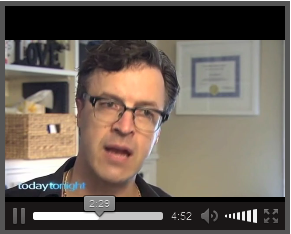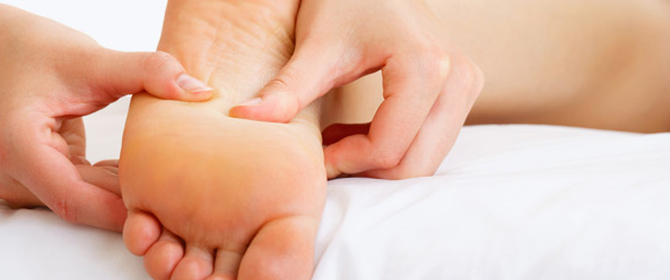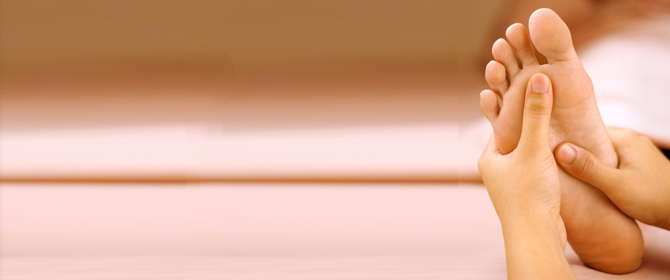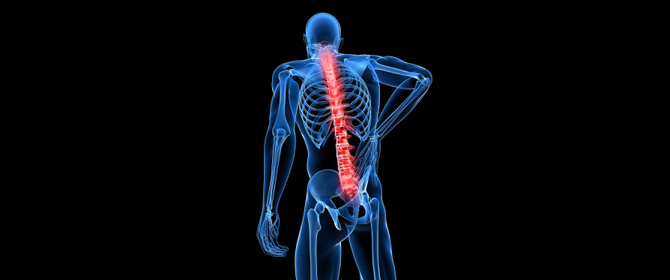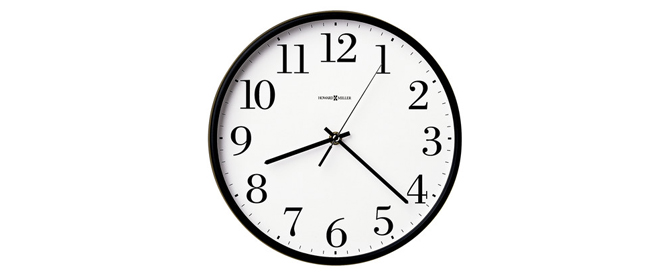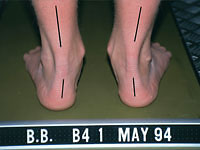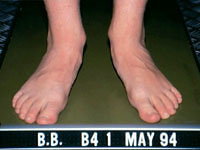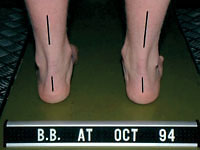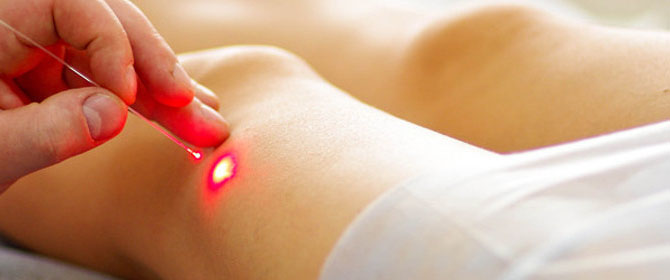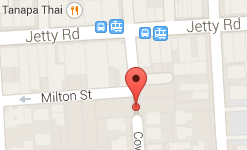Faq & Facts
Did you know that, on average, the amount of steps we take on a daily basis amounts toa staggering figure of 9,000. This gives you some indication as to why our feet and legs have to be healthy and strong – able to cope with the impact and strain we place on them.
At the Foot & Leg Centre, we provide a gentle, hands-on approach, ensuring your feet and legs are just that – strong and healthy. This includes:
Toes:
The first indication of something wrong is that your toes are clasping or gripping the floor surface. Toes are essentially used to enhance the amount of surface area that is present as you take each step. If you are doing the opposite, it typically means that your feet are compensating for some problem area.
Arch:
The foot arch is not meant to be like the heel of the foot – that is, taking a lot of weight and force upon it. Instead, the arch is a more delicate area of the foot and should be treated as such. When aligned in the right position, the arch can help support more than six times a person’s body weight.
Heels:
The shock absorbers of the feet, the heel plays one of those critical roles in the body, ensuring we live a quality life. Because we take thousands of steps each day and our body is exposed to significant force, our heels are important. In order for the heel to be able to cope with these forces, it is essential that alignment is correct.
Ankles:
The ankle is a unique area of the foot. There is a bone inside the ankle joint called the talus. Like no other bone, the talus has no muscles connected to it. As such, if the talus is displaced, which is what happens in the case of a sprain or when people work in stand up jobs, then this cannot be restored by just the body.
Knees:
We all know how large and strong knee joints are. They also connect with the talus bone. As such, in many cases, where there is some type of issue related to the talus, knee conditions and pain are experienced.
Thigh:
Thigh muscles, such as the quadriceps and ITB, must be in the right position and alignment for the muscles to function properly. When the leg is not aligned, the thigh muscles have to compensate and end up causing thigh problems
Hip:
The hip can be affected by misalignment in many other body parts. For example, if the foot, ankle, knee or leg is not correctly positioned, the hip can be affected.
Lower Back:
As with other parts of the body, the lower back can be affected by those joints and muscles positioned underneath it. For example, many people experience lower back pain when their legs are different lengths. This then unbalances the pelvis and causes the lower back to compensate. How much compensation is required by the lower back will affect the type and level of pain.
Watch us on Today Tonight 
